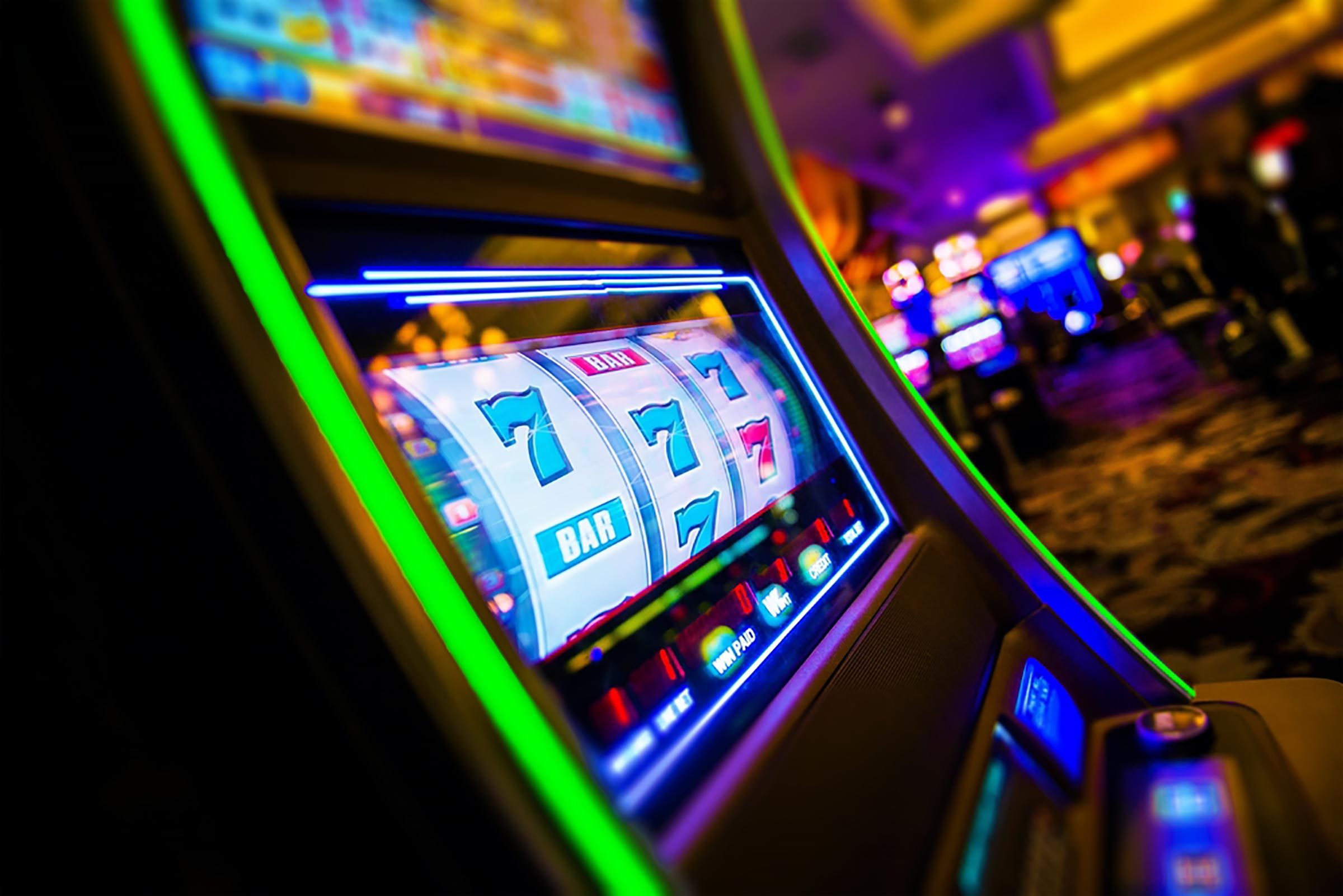The Psychological principles Behind Casino Game Design

Casino experiences have long captivated human interest, drawing participants into a world filled with chance, strategy, and the allure of thrill. Each activity is painstakingly crafted not just for enjoyment, but also to inspire particular emotional responses that keep gamblers involved and interested. Understanding the motivations behind these designs reveals much about how human psychology plays a vital role in the gaming experience.
From the bright lights and dynamic sounds to the complex layering of systems and rewards, casino games are designed to create an atmosphere of excitement and eagerness. Game designers leverage behavioral strategies to influence gambler behavior, whether through the use of winning opportunities, near-miss scenarios, or social interactivity. By examining these aspects, we can better appreciate how casino games fulfill not just a want for entertainment, but deeper psychological needs for adventure and hazard.
Understanding Gamer Behavior
Casino games are crafted with a profound understanding of player psychology, which is essential for drawing in and keeping players. The excitement of the game, alongside the hope of winning, produces a formidable draw. Game designers utilize elements like audio cues, dynamic graphics, and immersive gameplay to capture attention and evoke emotional responses. These sensory elements enhance the immersive experience, making players feel more invested in the game.
Another notable aspect of player behavior is the notion of risk and reward. Casino games often balance high-risk scenarios with the potential for significant rewards, which can lead to the event known as near-miss experience. When players come within reach to winning, the brain produces dopamine, bolstering their behavior and prompting them to keep playing in quest of that hard-to-reach win. This cycle of anticipation and disappointment plays a key role in how games are constructed and marketed.
Lastly, social elements also play a critical role in player behavior at casinos. Many games are designed to be played in teams or with other players, nurturing a sense of belonging and shared experience. King88 The community engagement inherent in games like poker enhances enjoyment and can result in prolonged gaming periods. Designers capitalize on this by designing environments that prompt players to linger, interact, and revisit, making the overall casino experience more attractive.
The Role of Imagery and Sound
Visuals and sound play a vital role in improving the player’s experience within casino games. Designers utilize bright colors, striking graphics, and engaging animations to attract players’ attention and maintain their interest. The use of motifs, such as exploration or luxury, helps create an enthralling atmosphere that takes players into a different world. By connecting to the senses, these elements contribute to a heightened emotional response, prompting players to engage more profoundly with the games.
Audio design is equally important in enhancing the experience of gambling games. The mix of background music, audio effects for winning combinations, and environmental noises creates an auditory landscape that keeps players fascinated. Sounds associated with wins, such as chiming bells or celebratory music, evoke feelings of excitement and satisfaction, encouraging players to continue playing. These sound cues are carefully placed to enhance the excitement of the game and create a more immersive experience.
Additionally, the synchronization of imagery and audio is essential for reinforcing the game’s overall theme and mood. Each element should align seamlessly to create a cohesive experience that pulls players in. The effective use of this integration not only improves user enjoyment but also boosts the chances of return play, as players become more invested in the captivating world that the gambling games offer. This thoughtful integration of visuals and sound ultimately enhances player engagement and loyalty.
Incentive Structures and Engagement
The development of gambling games significantly relies on reward structures to ensure players engaged and coming back for more. These systems are rooted in psychological theories that exploit human nature and motivation. Participants are often driven by the excitement of success, which is supported by immediate responses through the game’s mechanics. This instant gratification not just enhances the overall experience but also fosters a sense of success, prompting players to continue participating in hopes of bigger rewards.
Casinos adopt various incentive systems, including jackpots, bonuses, and multipliers, to captivate players. These features create a layer of thrill that maintains engagement. Additionally, the unpredictability of results plays a crucial role in sustaining interest. The intermittent reinforcement schedule, where wins are unpredictable but happen often enough, keeps participants on edge and motivated to continue participating. This loop of anticipation and expectation is foundational to the effectiveness of casino games.
In addition, social elements, such as competitive events and multiplayer features, boost the participation factor by tapping into the competitive nature of participants. The shared experience of gaming with others can intensify the excitement of success and create a community atmosphere within the gaming space. By combining these social dynamics with efficient reward systems, gambling experiences not only offer entertainment but also nurture a deeper bond among participants, solidifying their commitment to the overall experience. https://king88a.org/
